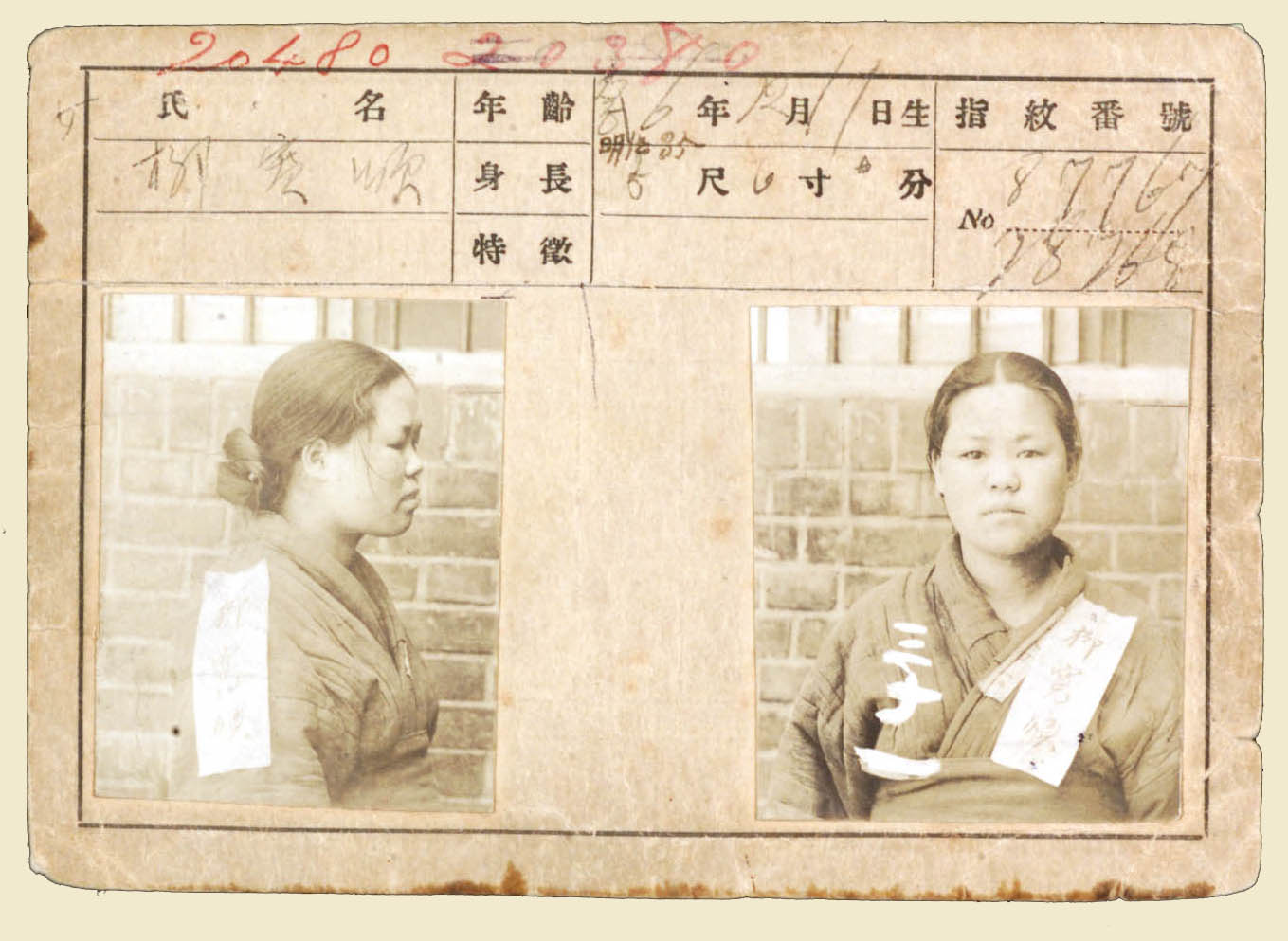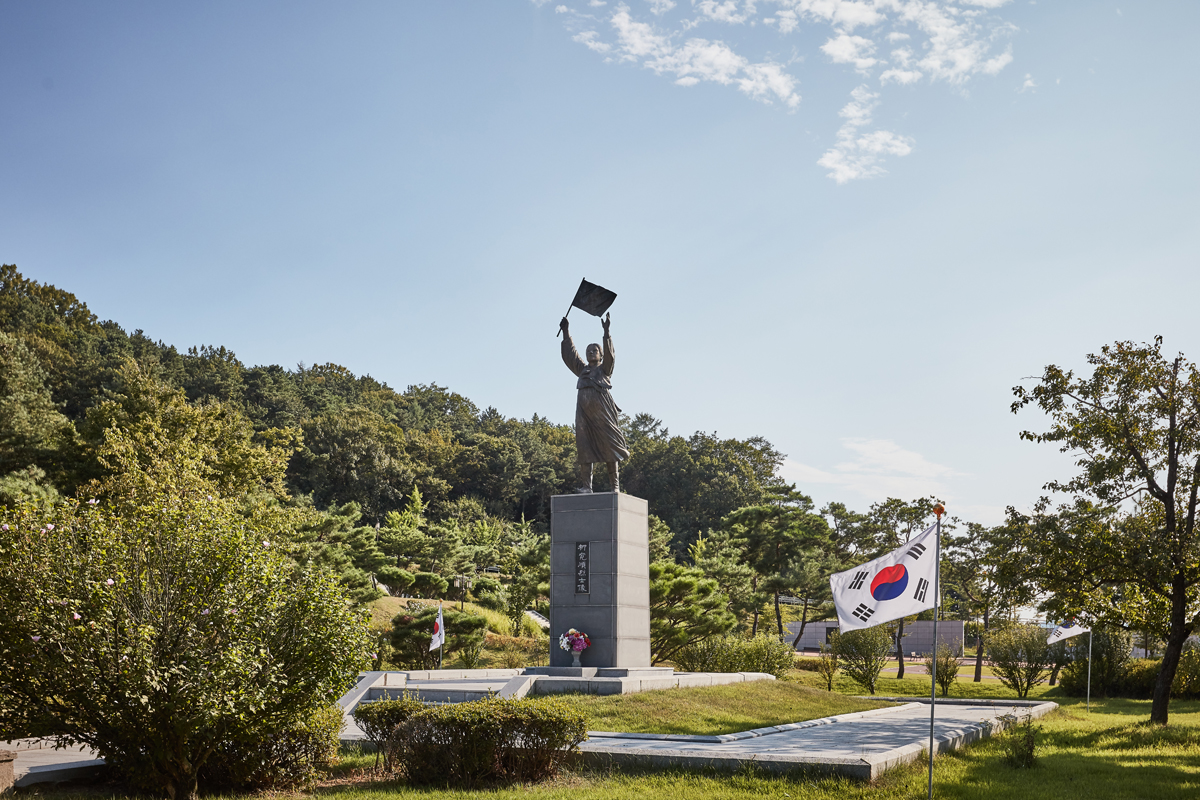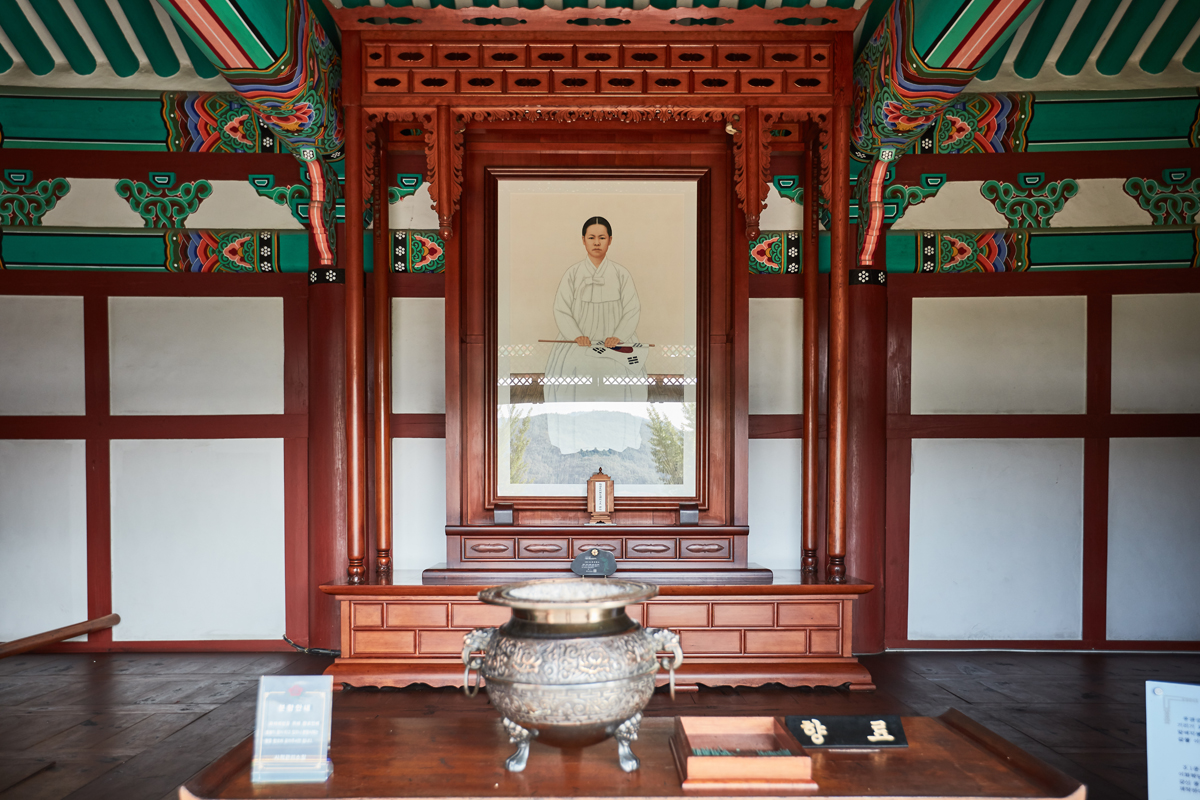- 한국어
- English
- 日本語
- 中文
- العربية
- Español
- Français
- Deutsch
- Pусский
- Tiếng Việt
- Indonesian
By Honorary Reporter Halima Bhaimia from India
Photos= Cultural Heritage Administration

The March First Independence Movement of 1919 is marked with a public holiday in Korea. This day commemorates one of the earliest public demonstrations of Korean resistance against Japanese colonial occupation, and honors those who paved way for independence.
Many Koreans died for their country during the movement, notably a 16-year-old girl named Yu Gwan-sun, who is likened to Joan of Arc of France.
Born on Dec. 16, 1902, Yu (whose surname is also spelled Ryu) was an organizer of the movement in Chungcheongnam-do Province. Demonstrators along with Yu and her classmates marched through the streets of Seoul shouting "Mansei (Long live Korean independence)!" and "Long live Korea."

To repress the growing protests, the Japanese colonial government immediately ordered all schools closed. Then a student at Ewha Girls' High School, Yu returned to her hometown to spread word of the movement and ask others to join. The event helped forge a sense of national unity and inspired others across the nation to join rallies protesting Japanese occupation of Korea.
Along with her family, Yu went door to door to encourage the public to join the rising movement. She spread word of an organized demonstration set to take place at Aunae Marketplace. During this demonstration, Japanese police arrived and fired at the unarmed Korean protesters, killing 19 people including Yu's parents and arresting scores more including Yu.
Yu was offered a lighter sentence if she admitted guilt and helped Japanese police apprehend collaborators in the movement. Despite being severely tortured and beaten, she refused to snitch on any of her collaborators and continued the fight against the Japanese colonial government.
On Sept. 28, 1920, Yu died from injuries she sustained from repeated torture and beatings. She was just 17.

"Japan will fall," she wrote while in prison. "Even if my fingernails are torn out, my nose and ears are ripped apart, and my legs and arms are crushed, this physical pain doesn't compare to the pain of losing my nation. My only remorse is not being able to do more than dedicating my life to my country."
She never abandoned her convictions despite being thrown into prison and undergoing repeated torture. Thus she symbolized Korea's fight for independence and became a martyr of the movement and a national hero. Through her courage, unrelenting will and resistance against the Japanese.
chaey0726@korea.kr
*This article is written by a Korea.net Honorary Reporter. Our group of Honorary Reporters are from all around the world, and they share with Korea.net their love and passion for all things Korean